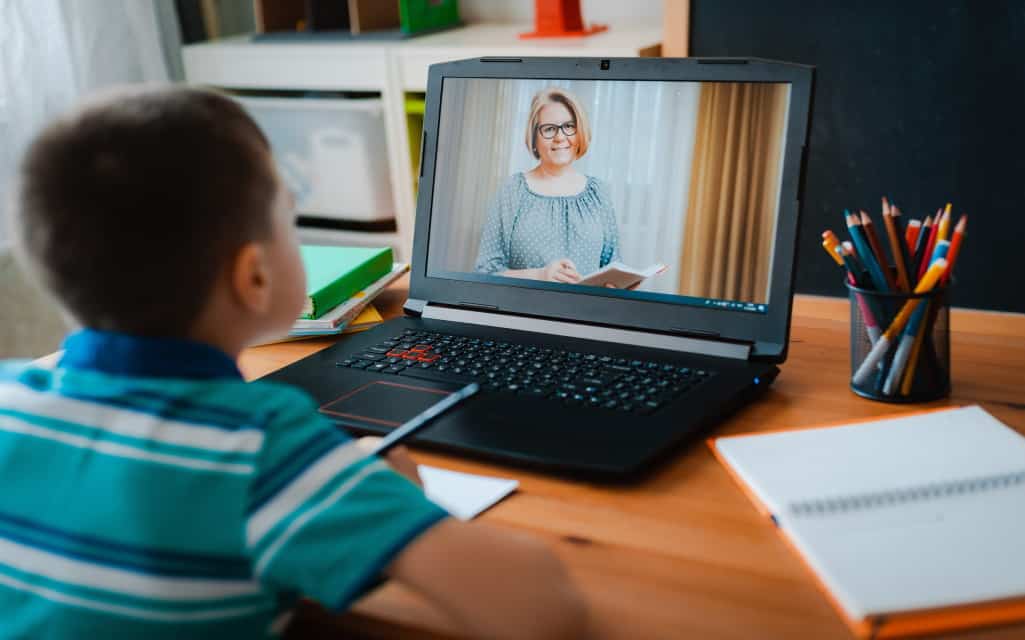William Arthur Ward once said there are several ways to discern the quality of a teacher. “The mediocre teacher tells. The good teacher explains. The superior teacher demonstrates. The great teacher inspires.”
Even the best and brightest teachers are struggling to adjust to remote learning environments forced by the ongoing COVID-19 pandemic. While it is too soon to fully grasp the impact this will have on the teaching profession, there are fears it will worsen the teacher shortage.
According to the United Nations Educational, Scientific and Cultural Organization (UNESCO), 70 percent of countries are facing acute teacher shortages. From Western Asia to North America, schools are struggling to fill teaching positions and recruit new talent. Teacher shortages harm students, teachers, and the public education system. An inability to provide staffing stability reduces teacher effectiveness and devours economic resources.
The growing shortage makes teaching an attractive profession, with countries offering incentives to attract the best and brightest talent to the fold. Aspiring educators need to weigh more than just the perks and other enticements to get them through the door. They need to carefully evaluate whether they will be fully supported during this new normal of education that embraces remote learning and socially distanced in-person models that require innovative and creative thinking to adapt.
Changes in the Face of a Pandemic
Educational facilities, ranging from K-12 public schools to private universities, faced an unprecedented challenge in the spring when governments around the world locked down to stop the spread of COVID-19. With several months left on the current school year, calling it quits for the year was not viable for most schools. Many turned to virtual learning models to ride out the remainder of their academic year, hoping a return to normal, in-person learning would soon return.
Six months later, educators are facing the stark reality that in-person learning is either on hold or severely restricted. Even the most seasoned teachers are finding themselves learning new tricks to ensure effective learning continues.
With education just a mouse click away, the role of the classroom teacher is changing. Teachers must shift from being knowledge-holders who convey information to being facilitators of educational development. This includes a working proficiency of technology that can enhance traditional learning techniques. In turn, how future teachers are educated must embrace new methods of:
- Communication
- Digital literacy
- Flexibility and adaptability
- Active listening skills
- Self-direction
- Perseverance
Levels of Learning
Aspiring teachers were thrown a curveball when COVID-19 showed up. In addition to the usual educational requirements to earn their teaching certification, they are now faced with adapting to a virtual teaching environment.
Remote teaching techniques that can help:
- Keep it simple. Explaining new concepts to young learners is challenging when done in person. With the shift to remote learning, tasks will need to be self-directed. Use one or two resources that are easy to explore and understand. Keeping the instructions — and the tasks — simple will prevent confusion and frustration.
- Make it student-driven. Not only is project-based learning a more effective teaching method, but it also facilitates better learning.
- Add human touchpoints. Human interaction is what most students miss with remote learning. Adapt to provide digital touchpoints through emails, video greetings, or phone calls.
- Centralize communication. Parents, students, and teachers all benefit when there is a centralized location for communicating assignments, questions, and concerns. Pick a platform that works well and is sanctioned by school leadership and stick with it.
Education support and assistance is needed more now than ever. Just as teachers are designing new models of learning for students in a virtual environment, teachers need ongoing professional development to adapt. Giving hopeful new teachers the necessary tools and support is the best way to acclimate to remote learning.



